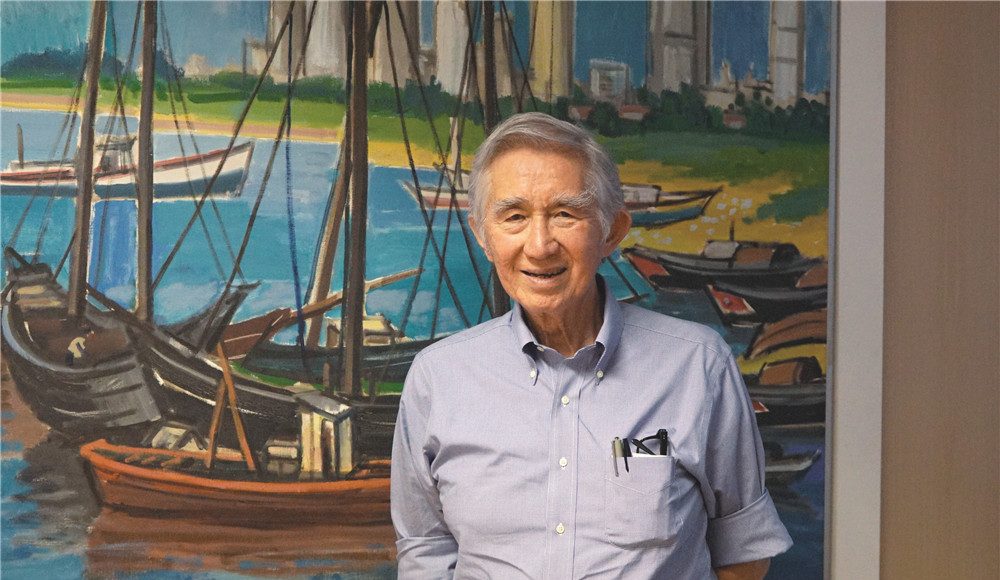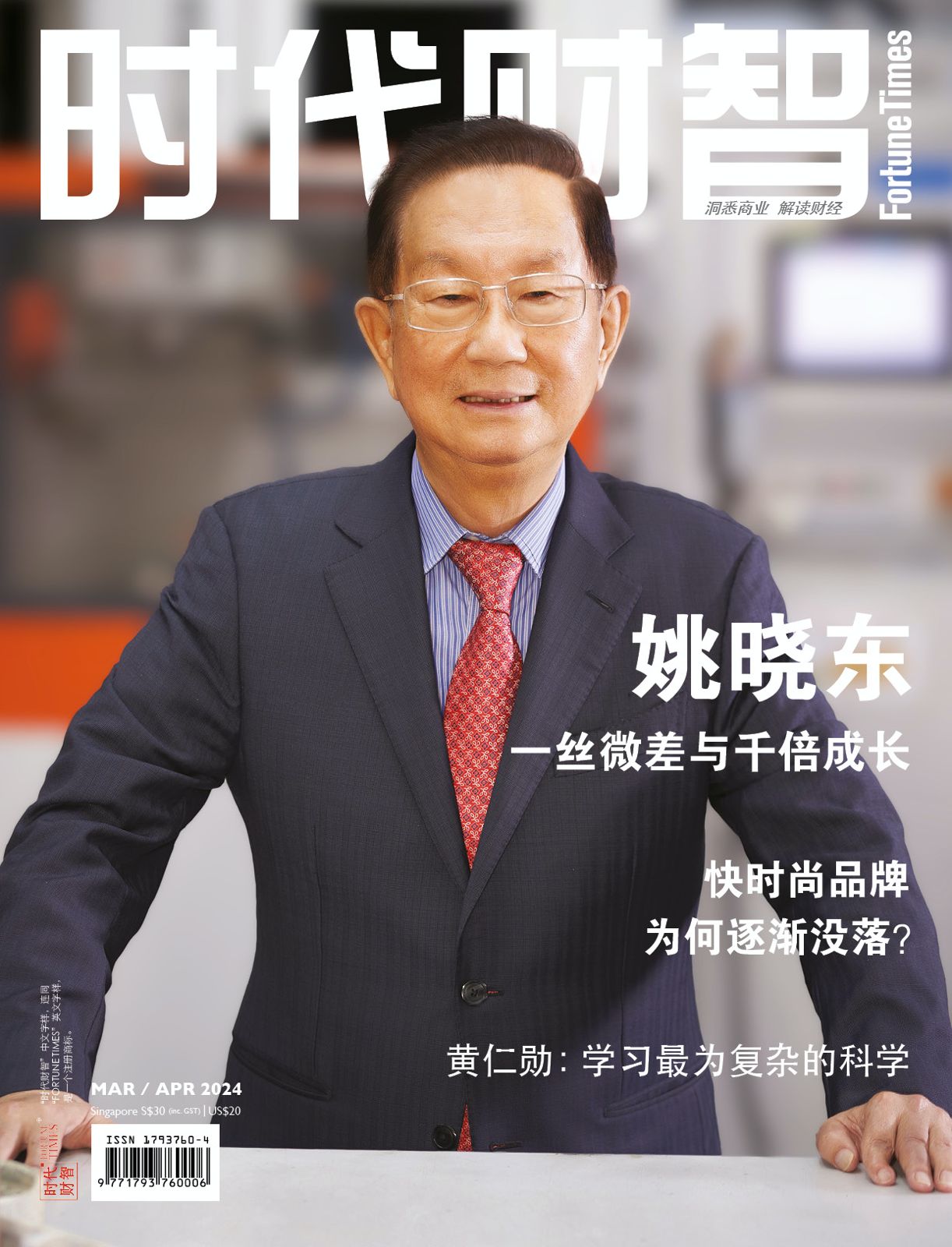(Singapore, July 17, 2020) The 10 million population number has been a planning parameter, not a target for Singapore, former chief planner Liu Thai Ker told local media.
The 82-year-old architect said that if Singapore is to continue to preserve the quality of its landscape in spite of space and resource constraints, it must plan on the basis of a large enough population.
“In any case, I don’t see a 10 million population coming to pass in my generation… I am not worried about myself. I am worried about the younger generation,” the master said while responding to claims during the election hustings by the Singapore Democratic Party, that the Government plans to increase Singapore’s population to 10 million.
He stressed that the 10 million figure was not a goal but the worst-case scenario. “In case of reaching 10 million, we are prepared.”
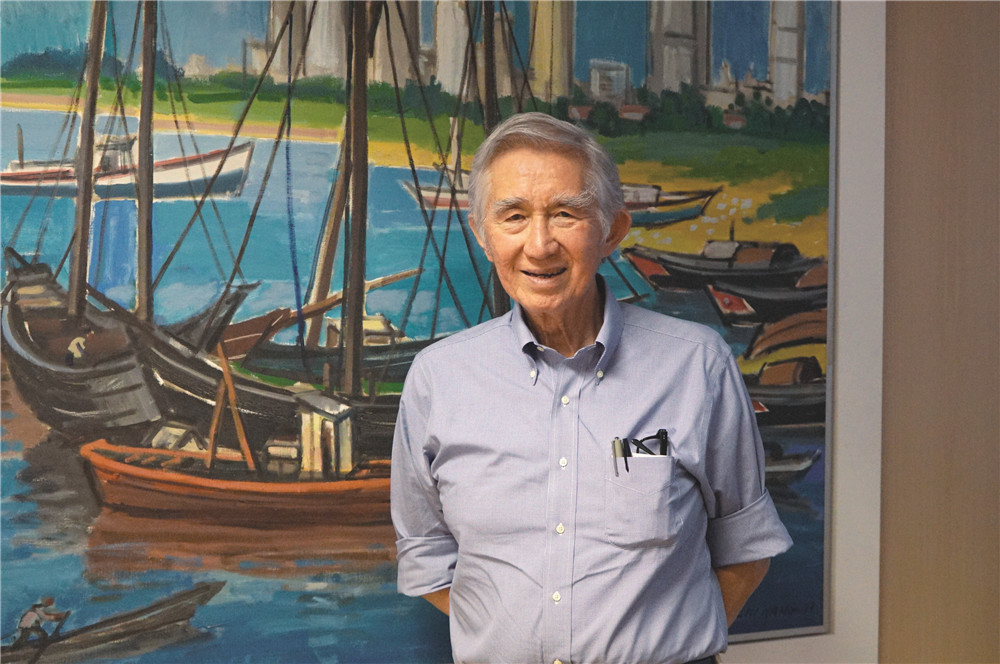
“Otherwise, if it is discovered that 10 million is a real need, then it will be too late… If you don’t make preparations now when you need more expressways and MRT lines, where will the land come from?” he said as quoted by the report.
When he led URA to develop the Concept Plan in 1991, he thought that the country’s population would hit 5.5 million in 100 years – an estimate that came true 70 years ahead of time, he said.
Singapore’s current population is 5.7 million.
Mr. Liu said he believes the population number cannot be completely controlled, as it is partly a function of rapid economic growth. He added that as long as the Government is clean and effective and the economy develops well, the number of jobs will certainly increase.
“Unless we ask our citizens – are they asking the Government to damage the economy in order not to increase the population?”
He said that if the country is to be able to accommodate 10 million people, then its population density will have to increase by 30 percent in the newly built areas – something which will not impact people adversely if planning starts now.
He acknowledged concerns about an influx of immigrants and the ability of the country’s infrastructure to cope with a large population. But, he said, train services are an administrative and management issue and not related to population numbers.








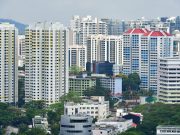
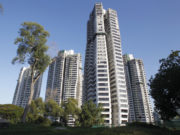

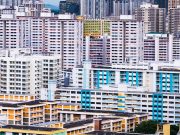






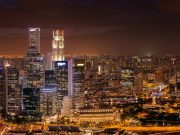



-3_1-180x135.jpg)















